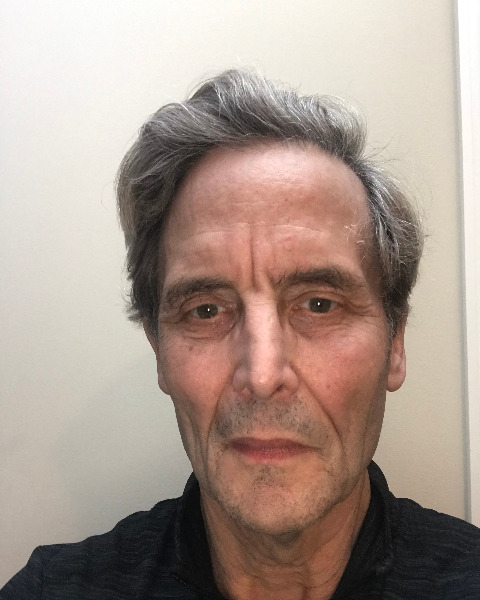
George J. Feldman, DMD, PhD
Assistant Professor, Dept of Oral and Maxillofacial Surgery
thomas jefferson university
George J Feldman DMD, PhD Associate Professor Division of Orthopaedic Research and Dept of Oral and Maxillofacial Surgery, Thomas Jefferson University, Philadelphia, PA.
I am the Principal Investigator in the lab where this work with the help of Drs. Yagnik, Diecidue and Taub was produced. This work was funded by a grant from the Osteoscience Foundation.
After graduating from Brown Unversity and getting a PhD at the University of Florida I received my dental degree and General Practice Residency certificate from University of Pennsylavania.
As a dentist-scientist whose career has interwoven genetics of diseases of bone and cartilage with clinical practice I find the challenge of discovering the etiology of a complex disorder like Medically Related Osteonecrosis of the Jaw especially exciting. In the past I have been successful in mapping causative mutations for a number of craniofacial disorders including Pfeiffers Syndrome and Cleidocranial Dysostosis. More recently I played a pivotal role in for finding the ACVR1 mutation that causes Fibrodysplasia Ossificans Progressiva as part of a team of scientists in the laboratory of Dr. Fred Kaplan at University of Pennsylvania. (Shore EM, Xu M, Feldman GJ, Fenstermacher DA, Brown MA, Kaplan FS et al A recurrent mutation in the BMP type I receptor ACVR1 causes inherited and sporadic Fibrodysplasia Ossificans Progressiva Nature Genetics 38, (01 May 2006) 525-527) I have devoted the last 8 years of my life to uncovering DNA variants responsible for DDH in humans using linkage analysis and whole exome sequencing and have been successful in identifying susceptibility inducing mutations in a large family with DDH and in another smaller family where a novel mutation in the Teneurin 3 gene (Feldman GJ, Parvizi J, Levenstien M, Scott K, Erickson JA, Fortina P, Devoto M, Peters CL.. Developmental dysplasia of the hip: Linkage mapping and whole exome sequencing identify a shared variant in CX3CR1 in all affected members of a large multi-generation family.J Bone Miner Res. 2013 May 29. doi: 10.1002/jbmr.1999).
I am thrilled to be able to work with Drs Diecidue and Taub on Developing a Novel Treatment MRONJ that focuses on its etiology because it integrates my training in clinical dentistry and molecular biology enabling me to do translational research.
The ultimate goal of our proposal is to to prevent the morbidity now experienced by MRONJ patients by developing a cause-based local treatment that can be readily administered in the clinic.
Poster(s):
-
Thursday, September 12, 20242:30 PM - 4:00 PM EDT
